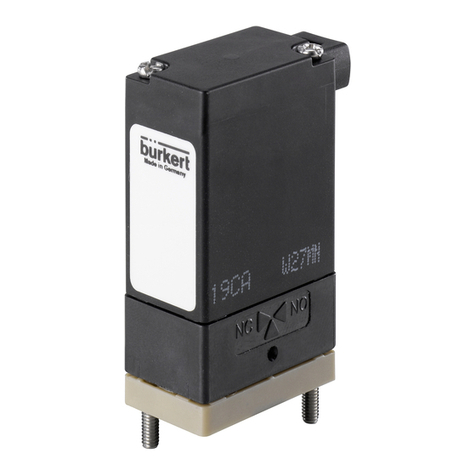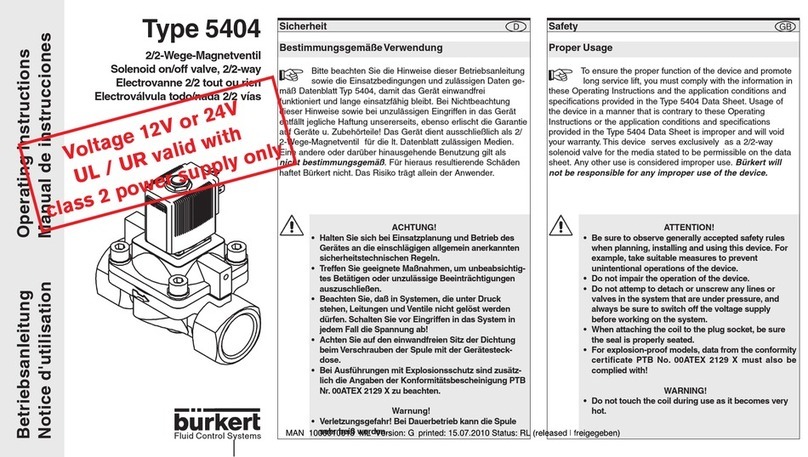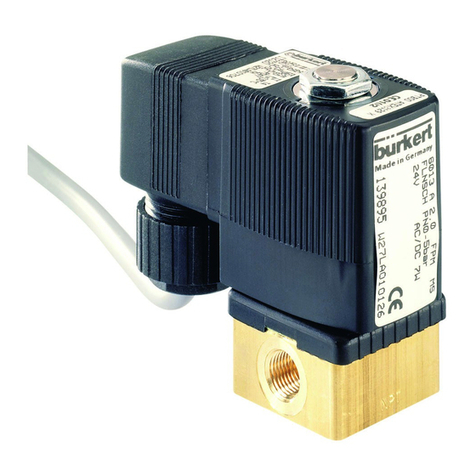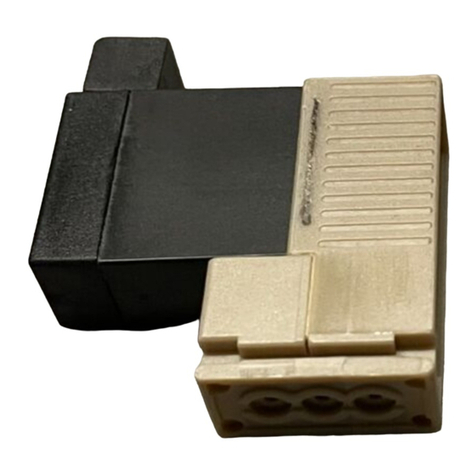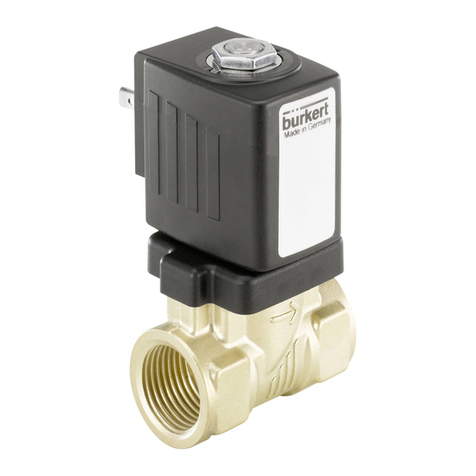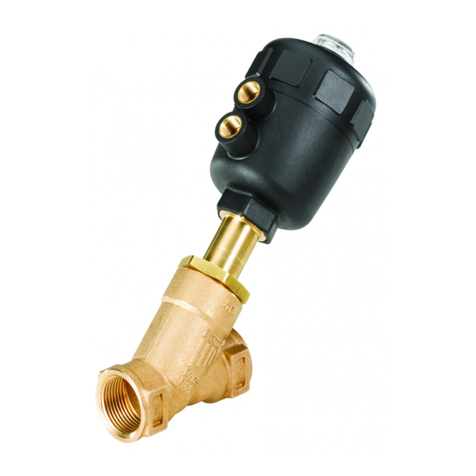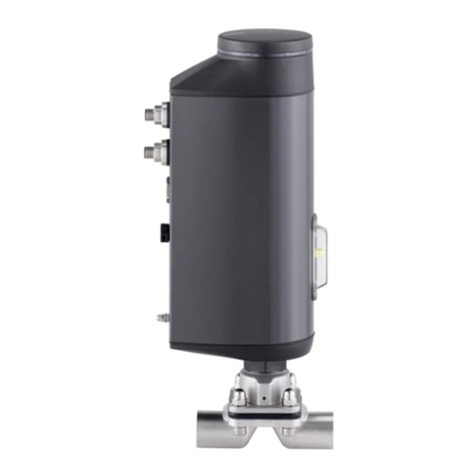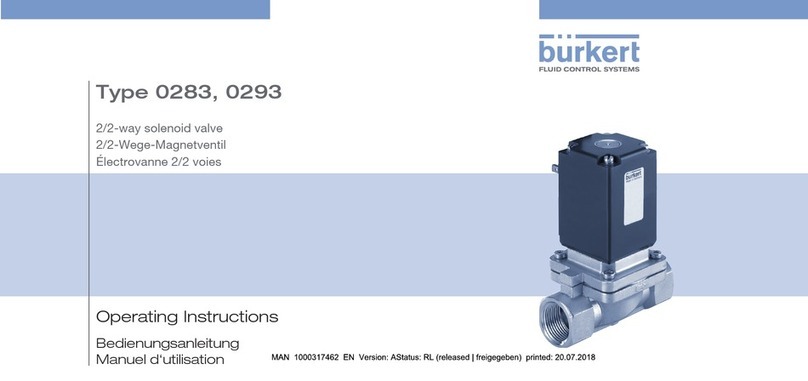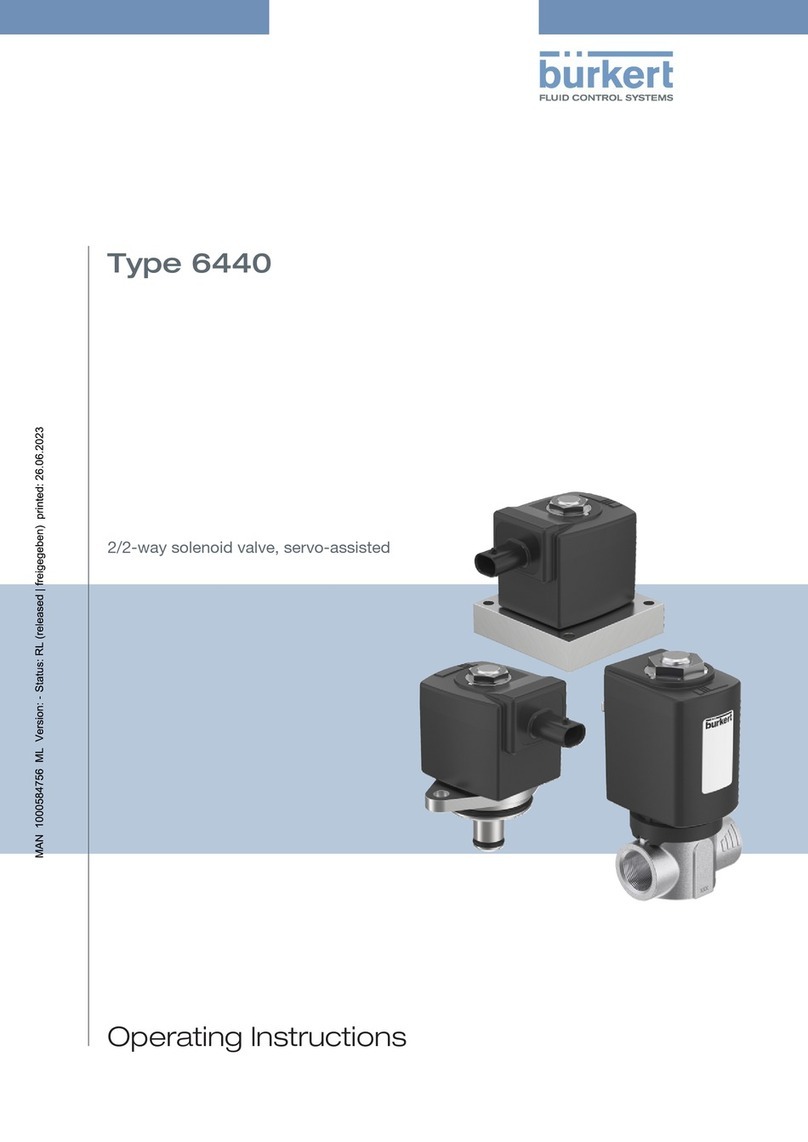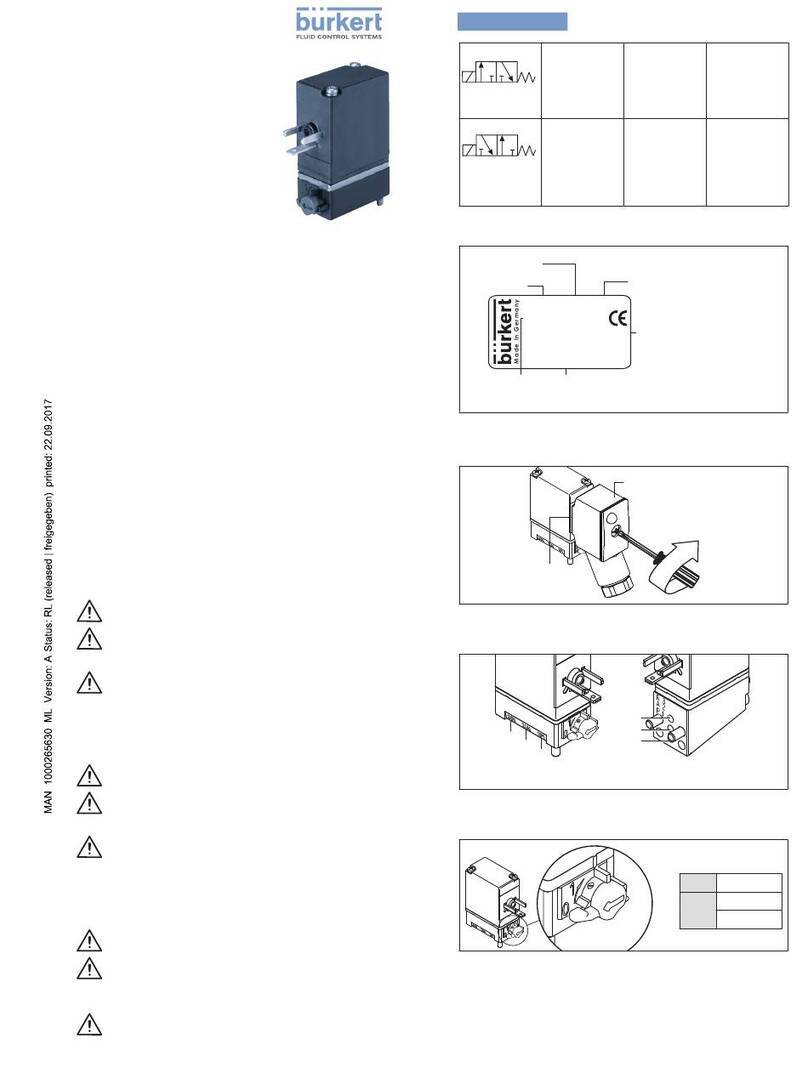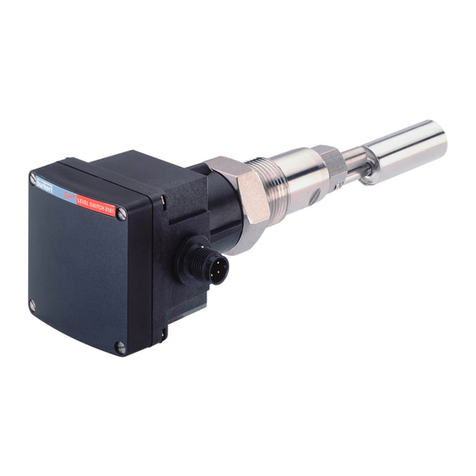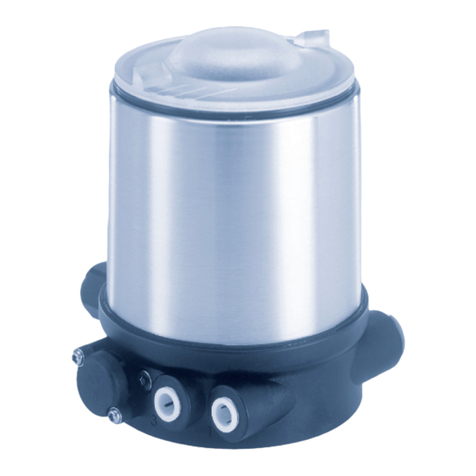1. OPERATING INSTRUCTIONS ...................................................................5
1.1. Symbols ..............................................................................................5
1.2. Definition of term / abbreviation ....................................................5
2. AUTHORIZED USE .........................................................................................6
2.1. Restrictions ........................................................................................6
3. BASIC SAFETY INSTRUCTIONS .............................................................6
3.1. Use in Ex area ...................................................................................7
3.2. Special conditions ...........................................................................9
4. GENERAL INFORMATION ...........................................................................9
4.1. Contact address ...............................................................................9
4.2. Warranty ............................................................................................. 9
4.3. Information on the Internet ............................................................. 9
4.4. Trademarks ......................................................................................10
5. PRODUCT DESCRIPTION ........................................................................ 10
5.1. General description .......................................................................10
5.2. Device versions ...............................................................................10
5.3. Valve self-draining ..........................................................................12
5.4. Valve symbols and flow diagrams ................................................ 13
5.5. Valve marking ..................................................................................15
5.6. Intended application area .............................................................17
6. STRUCTURE AND FUNCTION...............................................................17
6.1. Structure of Type 2035.................................................................17
6.2. Structure of Type 3236.................................................................18
7. TECHNICAL DATA ........................................................................................19
7.1. Conformity .......................................................................................19
7.2. Standards .........................................................................................19
7.3. Approvals .........................................................................................19
7.4. Type label .........................................................................................19
7.5. Operating conditions .....................................................................19
7.6. Mechanical data .............................................................................19
7.7. Fluidic data ......................................................................................21
8. ASSEMBLY .......................................................................................................23
8.1. Safety instructions .........................................................................23
8.2. Before installation ...........................................................................23
8.3. Installation ........................................................................................24
8.4. Pneumatic connection (Type 2035 only) ..................................25
8.5. Installation of the inductive proximity switch ............................26
9. OPERATION AND FUNCTION ................................................................27
9.1. Safety instructions .........................................................................27
9.2. Type 2035 - pneumatic operation ..............................................27
9.3. Type 3236 - manual operation ....................................................28
10. ELECTRICAL PRE-CONTROLLER ......................................................28
11. DISASSEMBLY ............................................................................................28
12. MAINTENANCE, CLEANING ................................................................. 29
12.1. Safety instructions .......................................................................29
12.2. Servicing intervals ........................................................................29
12.3. Servicing work ..............................................................................29
12.4. Cleaning .........................................................................................30
